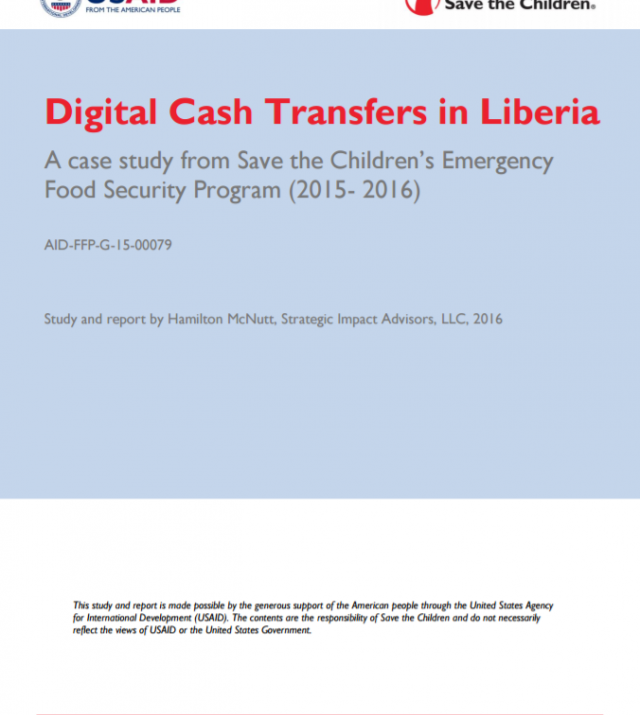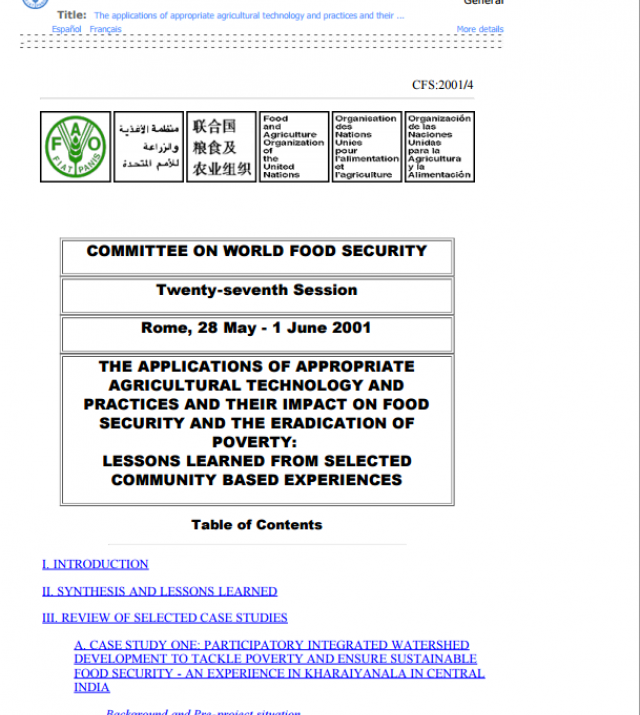
Early Warning Systems and Indicators: What’s Working, Key Challenges and How to Make Them Better
Presenters: Laura Glaeser, Early Warning and Response Specialist, Food and Nutrition Technical Assistance III Project; Paul Nantulya, Technical Advisor for Peacebuilding, East Africa Regional Office, Catholic Relief Services
Food security early warning serves a number of programmatic functions: as a pillar of resilience program design and quality monitoring, as a signal of a need to consider providing or altering activities among specified populations, and as a means of anticipating likely increases in violent conflict. However, determining the design of food security early warning systems – including the appropriate size and scale, selection of indicators, and stakeholder involvement – can be quite challenging. This session examined food security early warning systems in two specific contexts – as they are used in broad development programming under Title II development food aid programs and as they are used in humanitarian, development, and conflict mitigation programming in South Sudan.
Laura discussed early warning systems within Title II programs as a means to increase the capacity to manage risk and decrease the need for a safety net over time. Several challenges including designing an early warning system, identifying robust and sensitive indicators, integrating early warning system with performance monitoring, staff capacity in analyzing and interpreting data were discussed. How can it be incorporated into proposal writing and what happens when an early warning indicator signals a trigger?
Paul discussed a conflict early warning and response system that was developed by CRS with the South Sudan Peace Commission/Ministry of Peace to improve the Government’s response to violent conflicts. Paul discussed the process of establishing the conflict early warning and response system and how the system has had to adapt to take into account the links between food insecurity and armed conflict and adjust its indicators accordingly.
The Way Forward: Participants made recommendations in the following areas:
Knowledge Sharing
Need an open knowledge sharing workshop on what early warning indicators are being used programmatically.
Case stories or meeting content should be developed examining two or three practical existing examples and talking about what is working well, what is not, and how to make improvements.
Good, practical examples of communicating a warning of rapid onset disaster should be identified and shared. What methods have been successful?
Research and Evidence Base
We need a strengthened evidence base for early warning indicators – which work, in what contexts and why? What is the impact or potential impact of using them on food security and nutrition outcomes?
Better understanding of livelihoods systems will allow better determination of which indicators to collect.
A better understanding is needed of the correlation between armed conflict and food insecurity.
Donor Policy and Practice
USAID should ensure collaboration between FEWS NET, FFP development and emergency food assistance projects, and national, regional and community early warning systems.
USAID should ensure PVO participation/input in FANTA-3 analysis and guidance development.
Clear guidance is needed, with a detailed list of indicators, including sources of early warning information and how to design early warning systems. FFP should be providing guidance as well into how early warning indicators should fit into broader M&E systems.
A gap exists between state policy and the capacity to implement policy. This gap should be closed.
Capacity Strengthening and Tools
Training is needed on the various sources of early warning information, how they work together and how best each can be used.
Capacity should be strengthened on how to build an early warning system using existing resources, including sources of technical assistance, how to structure MOUs, etc.

